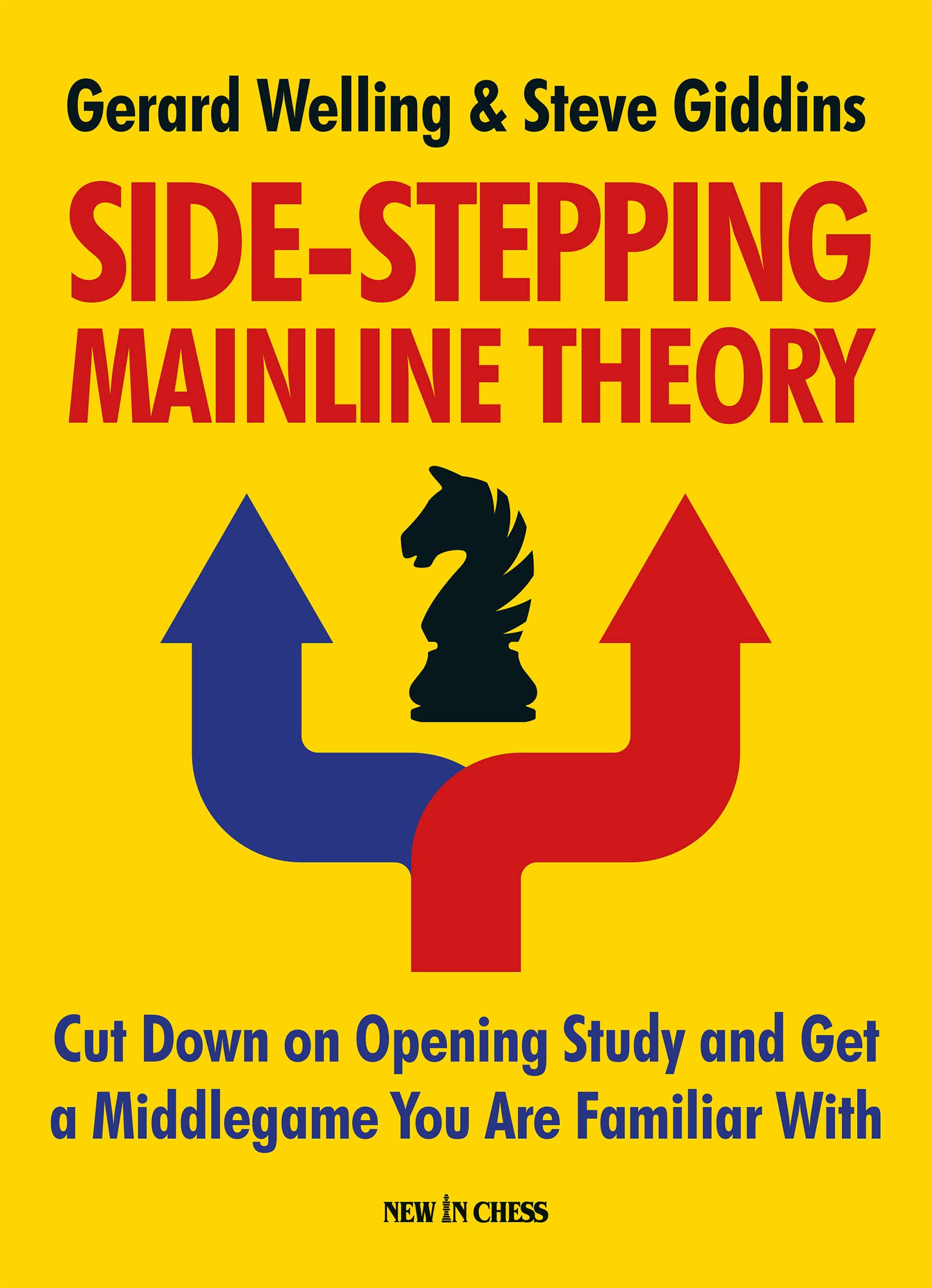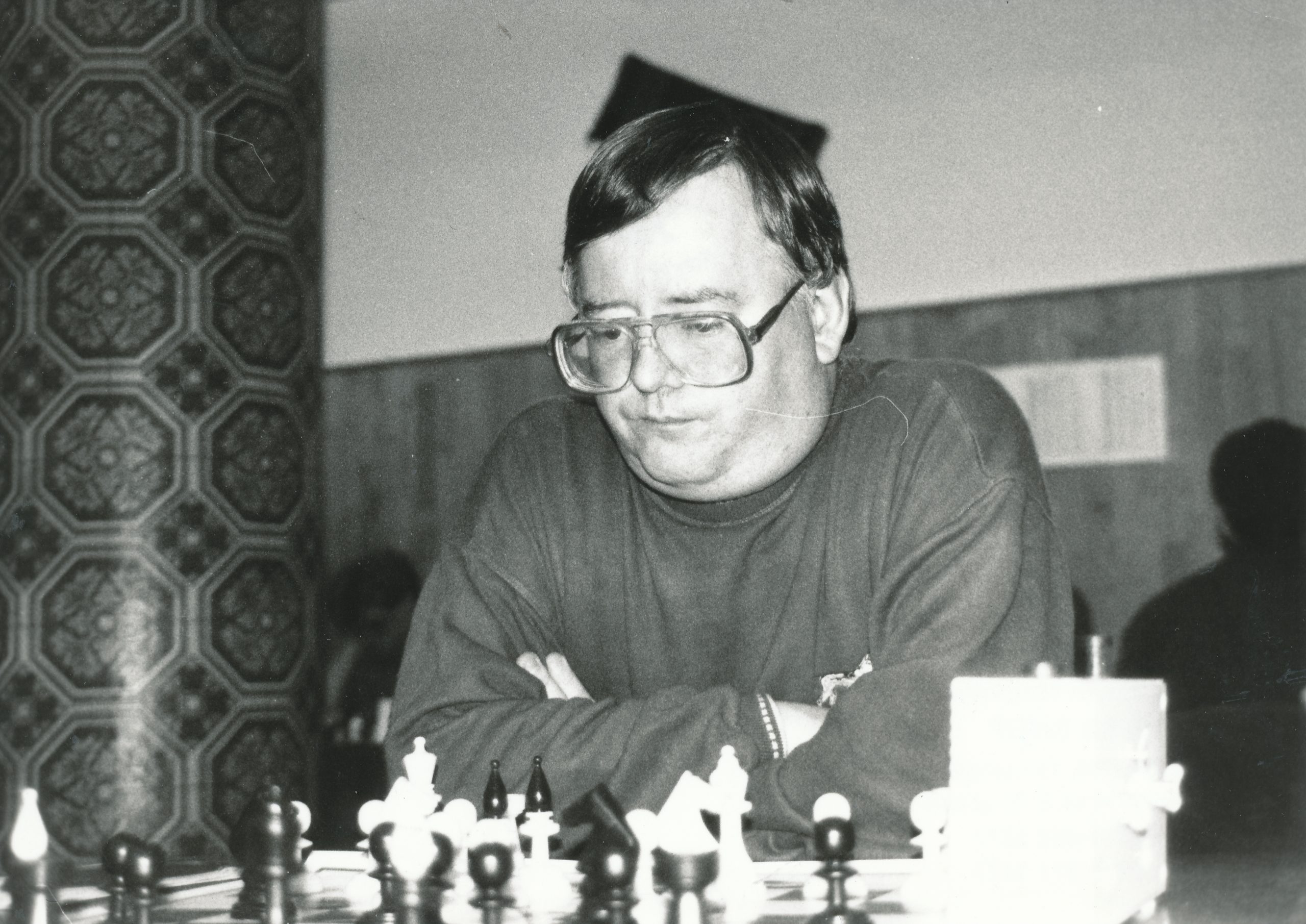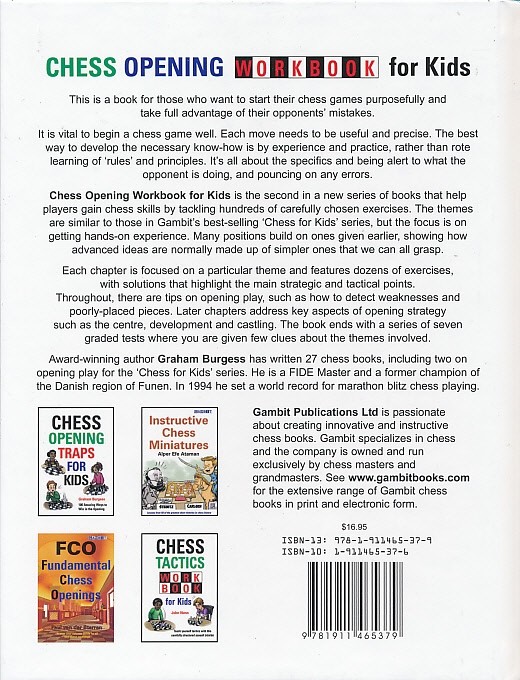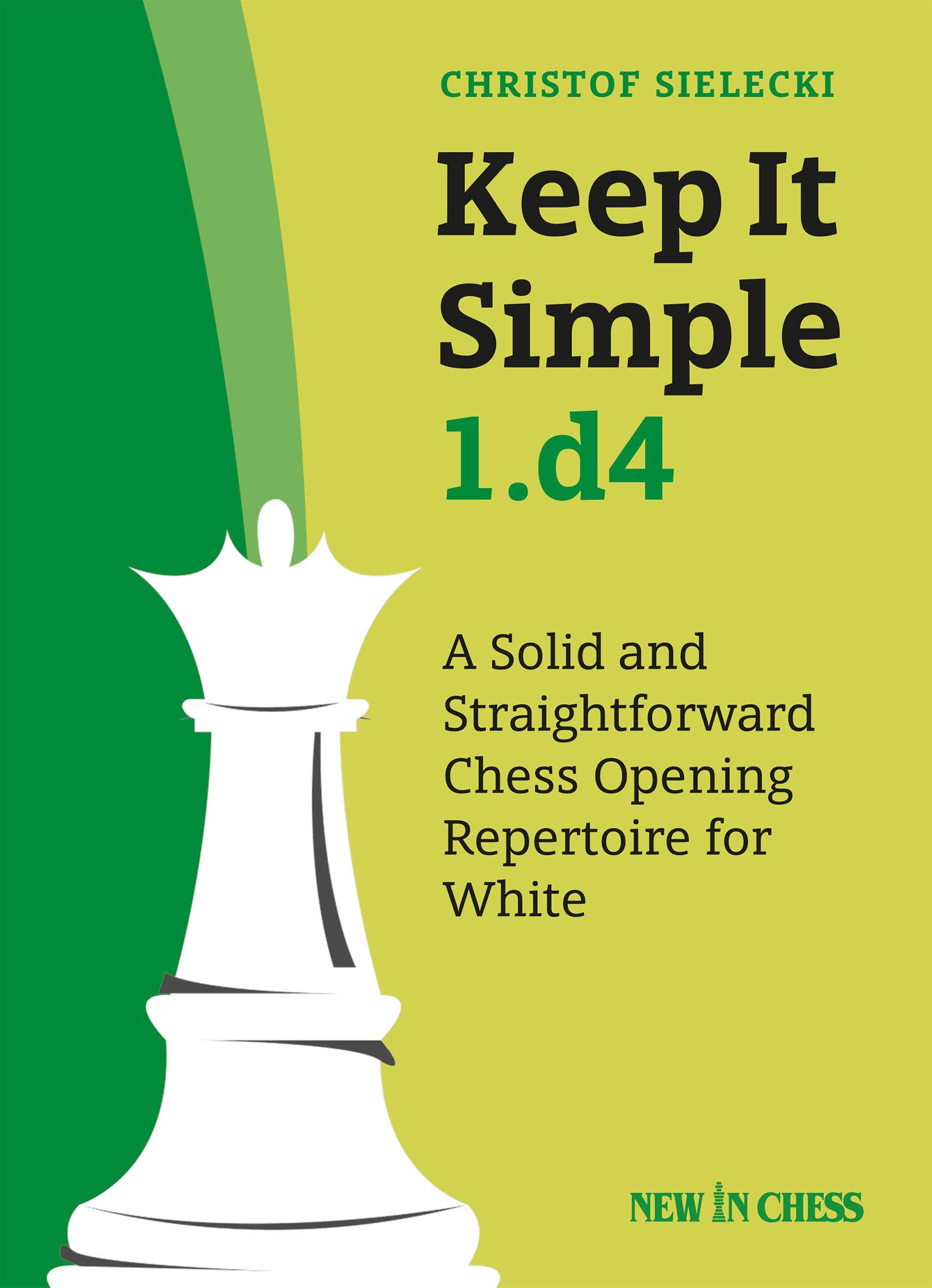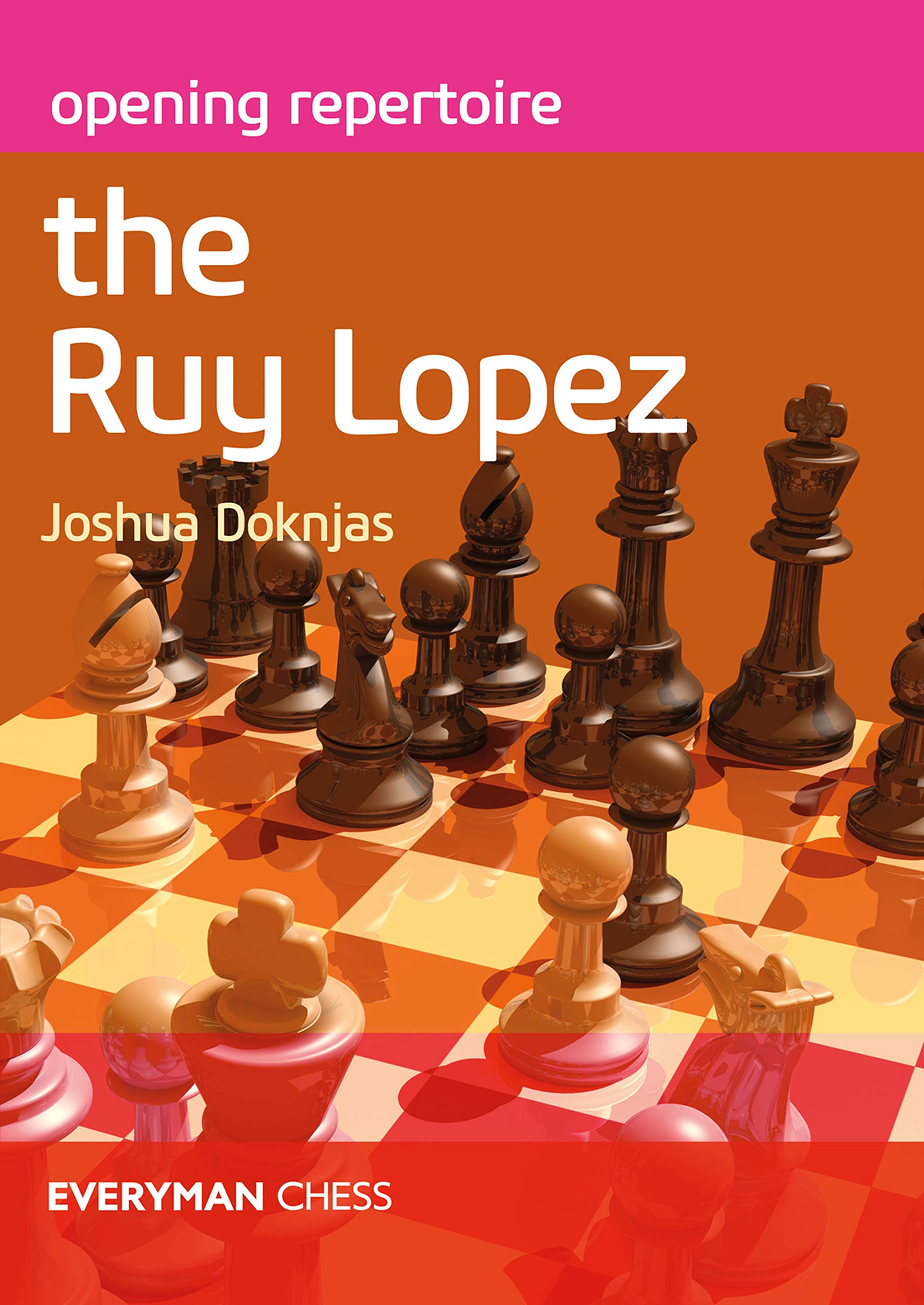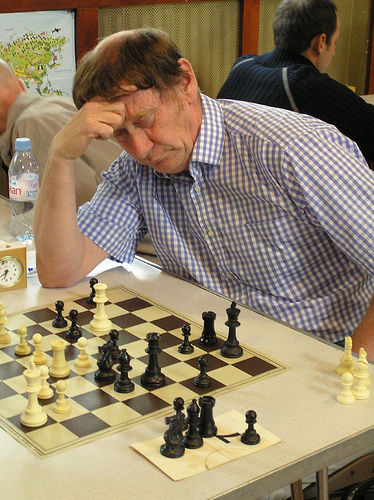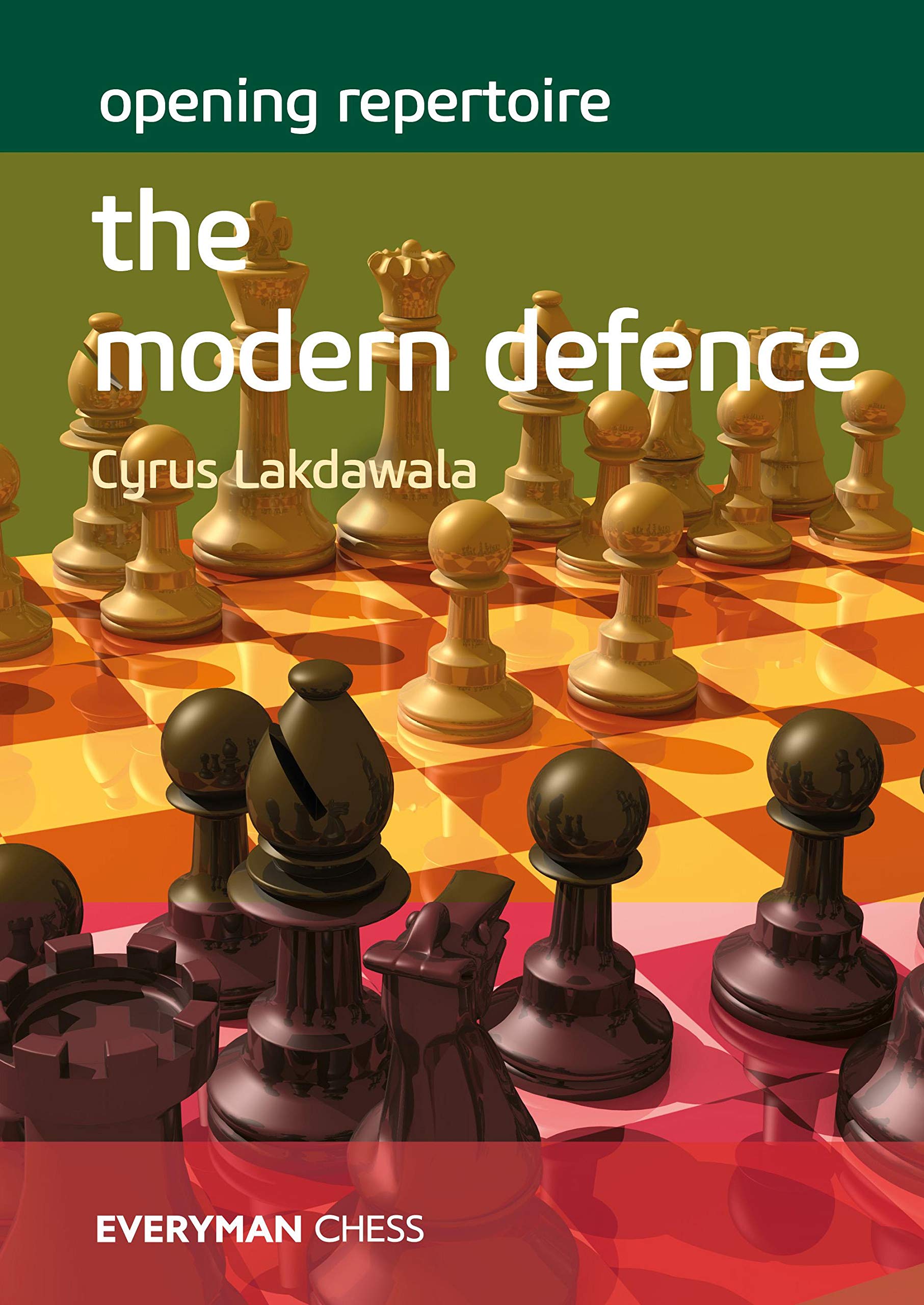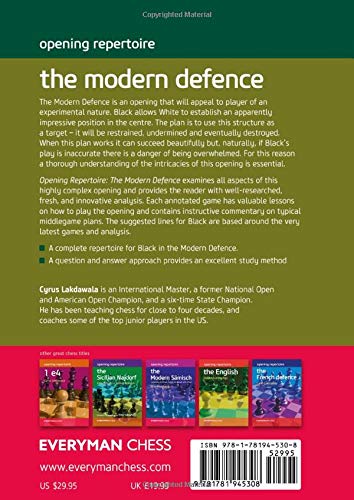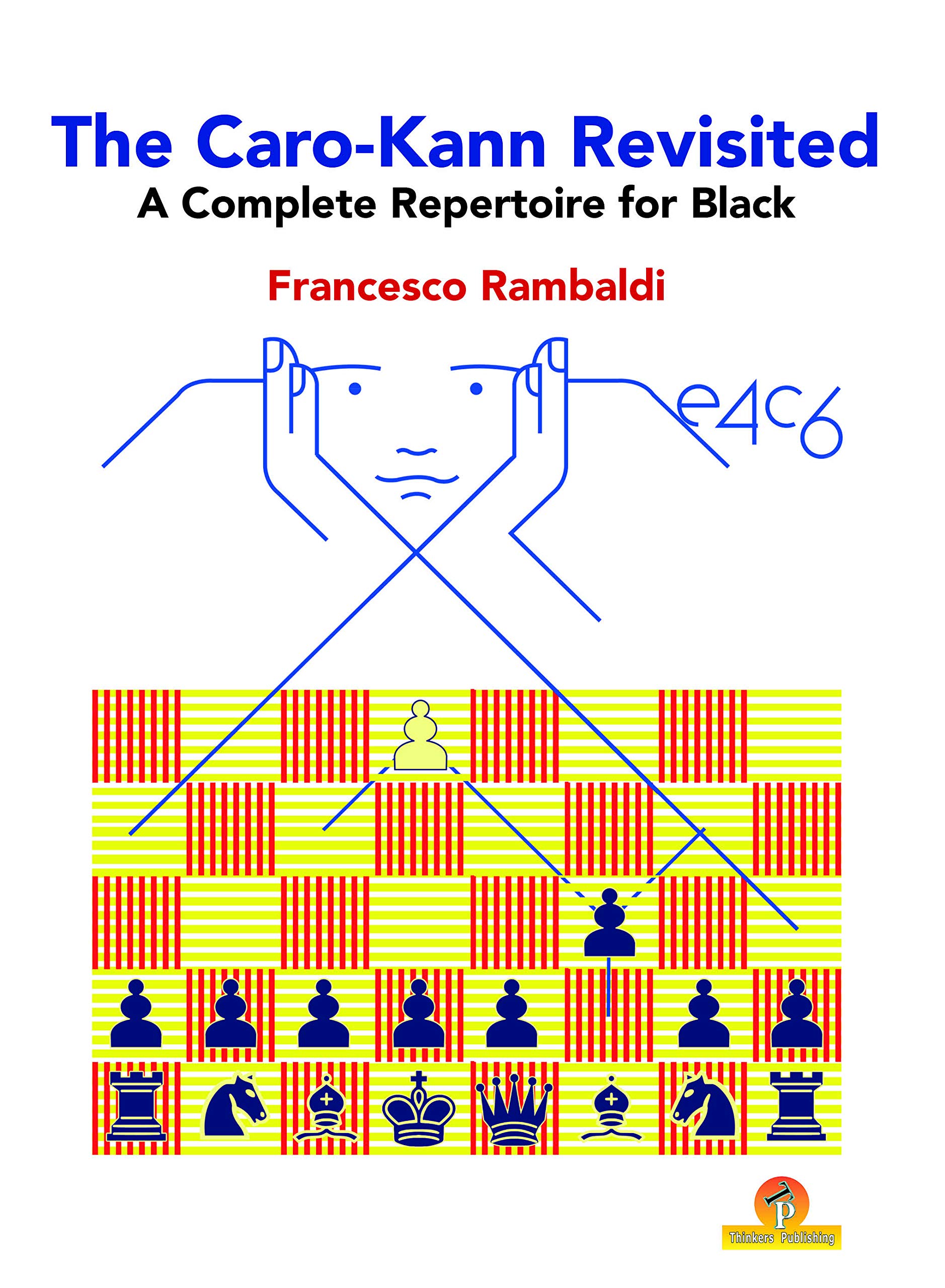
From the rear cover we have :
“Francesco Rambaldi is an Italian Grandmaster who currently lives in St. Louis (USA) and plays for the Saint Louis University Chess Team. Shortly after graduating from high school, Francesco was awarded the Grandmaster title after winning the Wien International Open when he was 16 years old. Throughout his career, he found success at a national level both in youth championships, becoming Italian champion in the U10 (2009), U12 (2011) and U14 (2013) categories, and in open championships, becoming Italian Champion for Rapid and Blitz in 2016. Francesco also won numerous international opens including the previously mentioned Wien International Open (August 2015), the Bergamo International Open (July 2016), the Capo d’Orso International Chess Festival (June 2017) and the Panama Chess Rumble (November 2017).”

and also
“This book presents a comprehensive, ready-to-use, and high-quality repertoire for Black against 1.e4. With meticulous analysis and in-depth explanations, the author demonstrates how the Caro-Kann Defense can be used successfully by players of any level. He also draws on his experience and on his trove of novel ideas to present a new take on the Caro-Kann: one that emphasizes Black’s dynamic options while maintaining a solid and flexible setup.”
As with every recent Thinkers Publishing publication high quality paper is used and the printing is clear. We had got used to glossy paper in previous titles but this one reverts to matt. Bring back glossy!
The book can easily be laid flat next to the board and does not require weights to prevent it from “self-closing” (a particular bugbear of ours !). Each diagram is clear and the instructional text is typeset in two column format, which, we find, enables the reader to maintain their place easily. Figurine algebraic notation is used throughout and the diagrams are placed adjacent to the relevant text.
A welcome addition is a bibliography which is normally absent from TP publications.
However, there is no index which, unfortunately, is a standard omission of Thinkers Publishing books. Some readers will be disappointed.
This first book from GM Francesco Rambaldi provides a more or less complete repertoire for Black versus 1.e4
In the BCN office we have examined books on the Caro-Kann that use various adjectives in their title :
First Steps, Move by Move, Dangerous Weapons, Main Line, Classical, Novelties, Dynamic, Understanding, Easy Guide, Grandmaster Secrets, Training, In Black & White, Krusher, Play the, Starting Out, Grandmaster Repertoire, Beating, New Ideas and finally Modernised. Revisited is a welcome addition!
Previously from Thinkers Publishing we had “The Modernized Caro-Kann” from GM Daniel Fernandez which focused on the Smyslov variation.
The main content is divided into seventeen chapters distributed amongst six parts as follows :
- Advance Caro-Kann
- Open Caro-Kann
- Two Knights Caro-Kann
- Panov Variation
- Exchange Caro-Kann
- Miscellaneous
Each chapter’s content is treated in familiar Thinker’s Publishing style : variations are analysed in detail move by move with game references liberally sprinkled into the text. The explanations and discussion are detailed presenting the ideas in the position.
We kick-off with a thorough discussion of the third most popular line for White : the Advance variation.
Every Caro-Kann player should know that 3.e5 deserves much respect and accurate play from Black to avoid a painful experience : we quite agree that this should be the first chapter therefore. Rambaldi recommends the trendy 3…c5 which scores slightly better than the conventional 3…Bf5. There are 157 pages on 3…c5 alone with most emphasis on the critical 4. dxc5 including the very topical 5.a3 :
which is treated in great depth with new ideas for Black in a line that White in increasingly turning to.
We then turn to the main “meat and potatoes” of this book : the Korchnoi Variation. We have seen this line referred to as the Tartakower Variation in “Understanding the Caro-Kann Defence” by Keene, Soltis, Mednis, Peters and Kaplan (Pitman, 1980). Rambaldi dedicates 70 pages including more explanation of the ideas than for the other parts.
as the main line after
5…exf6 has hitherto largely been ignored in the Caro-Kann literature in favour of the Bronstein-Larsen variation, 5…gxf6, the Capablanca / Classical Variation of 4…Bf5 and Smyslov’s Variation of 4…Nd7. One might have to employ the Tardis and visit (from 1989) Jeremy Silman’s “The Dynamic Caro-Kann” to find any appreciable treatment. JS dubs 5…exf6 the Original Caro-Kann for those who are keen on labels. Rambaldi calls this the Open Caro-Kann, presumably after 3…dxe4.
The popular Two Knights Variation is treated with the reliable 3…Bg4 line and the Panov via Bg4 and Be6 ideas depending on White’s tries. Even the (in)famous double rook endgame (that rarely gets an outing these days at the highest levels) is given a detailed treatment. All of White’s ideas are covered in detail with appropriate recommendations for Black.
The so-called Pseudo-Panov
and the Fantasy Variations
are covered in adequate depth providing almost complete coverage from Black’s perspective.
The coverage of the King’s Indian Attack is disappointingly thin, almost superficial. OK, so 2.d3 is rather uncommon but, nonetheless, a better treatment would have been welcome.
In summary, we have roughly 400 pages of quality analysis with in-depth explanations and new ideas for Black. There is a fresh (and not before time) treatment of the Korchnoi Variation and excellent coverage of the Advance, Two Knights, Panov and Exchange Variations. Of course, these are the lines you will face day-to-day.
Rambaldi recommends the unusual 4…Nf6!? move order in the Exchange Variation :
rather than the more common 4…Nc6 (and 5…Qc7) with the idea to develop the c8 bishop more quickly : interesting!
Rambaldi is a welcome new writer with a friendly style. He is not afraid to disagree with previous authors and present his own ideas.
We would recommend this book as a stand-alone treatment of the Caro-Kann. If you have played 4…Bf5 and / or 4…Nd7 and want to freshen up repertoire then why not consider 4…Nf6 ? It is less drawish and more ambitious if you need to play for the full point with Black.
John Upham, Cove, Hampshire, 5th June, 2020

Book Details :
- Hardcover : 406 pages
- Publisher:Thinkers Publishing; 1 edition (14 July 2020)
- Language: English
- ISBN-10: 9492510766
- ISBN-13: 978-9492510761
- Product Dimensions: 17 x 23.5 cm
Official web site of Thinkers Publishing










